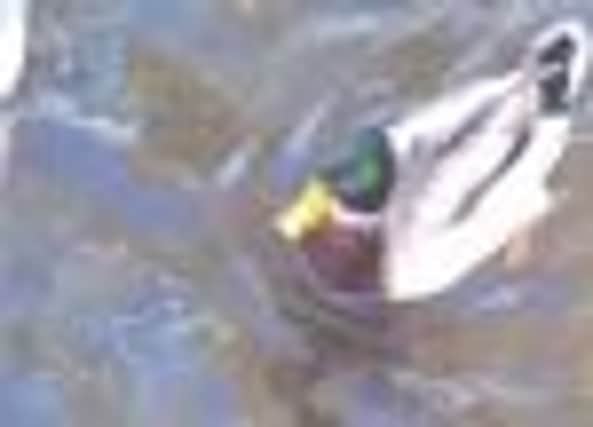An eastwards drift of mallards overwintering


You can feed both fowl and fish and what fun to watch them fighting over this largesse (which certainly makes them large!).
My photo taken this summer shows just such a one, though you can’t see the three one-pound trout under his paddles.
Advertisement
Hide AdAdvertisement
Hide AdA maximum UK count for mallard last year by The Wetland Bird Survey showed that a total of 126,000 birds were seen in December on all estuaries, bays, reservoirs, lakes. It sounds a lot, but this count graph persists in sliding downwards. The peaks in the 1980s slipped in 1992 and have been pointing downwards ever since.
The last big wintering total was in January 1991 when 214,500 mallard were in the UK. They were all on the big wetlands such as Humber, Wash, Ouse Washes, Morecombe Bay, Dee, Severn, Solway and Thames. All of which had up to six thousand birds.
Sussex sites had much smaller totals but the lakes are tiny by comparison. The peak places were Chichester Gravel Pits with about 500; Rye Harbour with the same; Chichester and Pagham Harbours with 200 plus each; and nearly 400 on each of the big reservoirs.
All of these places have seen a decrease of about a hundred birds in winter. It is rather odd, because there has probably been an increase in reared mallard on farm ponds for shooting, many of which should have supplemented the general overall numbers. Another odd fact is that overall breeding numbers of mallard have actually increased. The conclusion come to is that there has been an eastward drift of mallard overwintering. I wonder if this current sharp spell might see a reversal.
Advertisement
Hide AdAdvertisement
Hide AdMilder winters in the recent decades have allowed mallard from Russia and Scandinavia to winter in Eastern Europe. Czechoslovakian numbers have gone up in recent years.
Back in the 1950s I can remember smaller, darker mallard suddenly appearing on the coast and even at ‘waterholes’ on the frozen lakes inland.They would stay while the wind was easterly.
The minute a hint of westerly, you would hear the winnow of wings right up in the black night sky as they returned. Within a week they had all gone back east, and we were left with our usual big fat layabouts begging bread on the village ponds – and in Stockbridge, on the Test too.